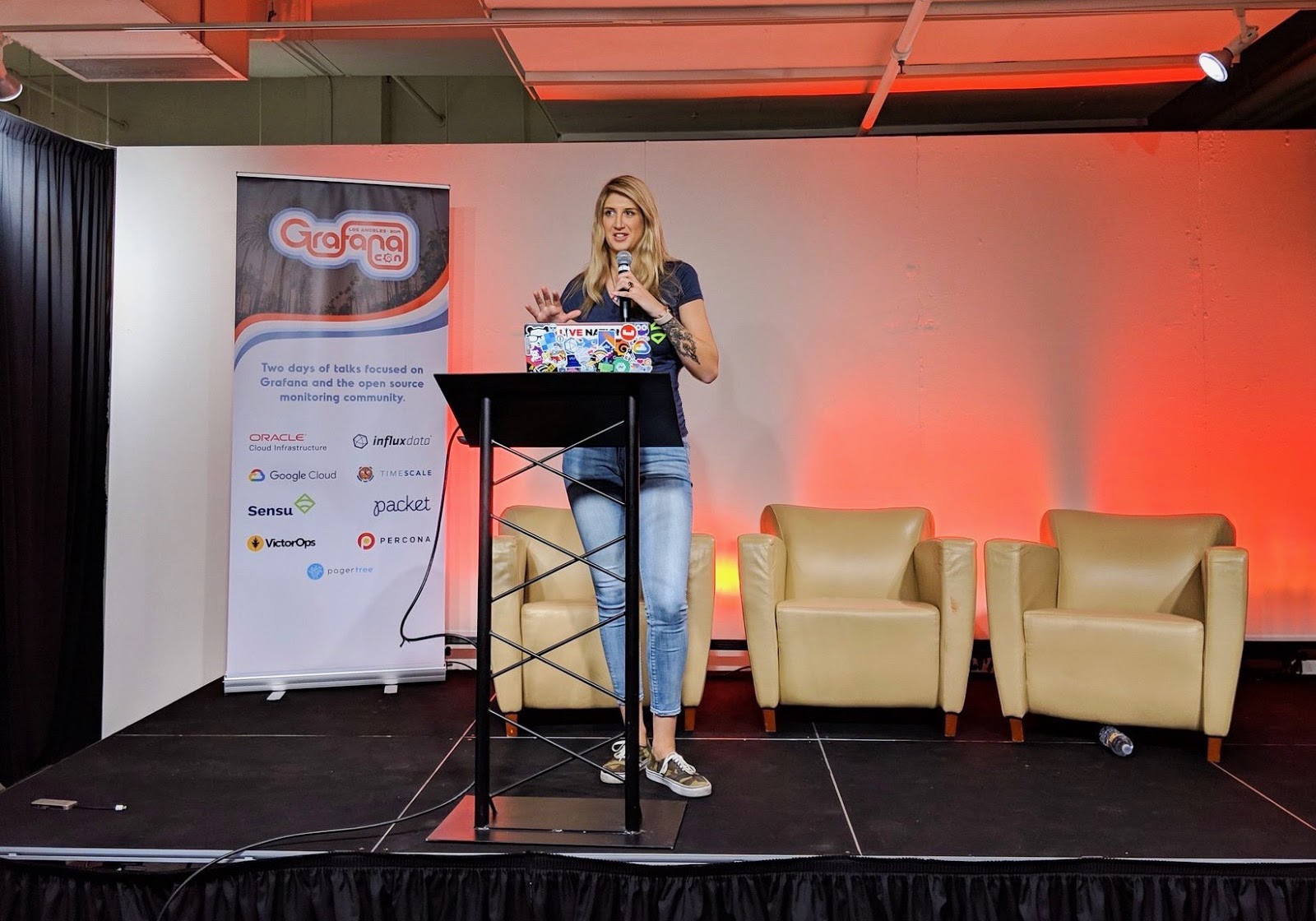The following is adapted from an article Sean wrote for DevOps.com.
The growing complexity of today’s IT reality is indisputable: Software is becoming more and more complex, and the infrastructure it runs on is equally so. This complexity comes, in part, from adding layers upon layers to the infrastructure we manage — from bare metal servers to VMs to containers to function-based computing — and from how quickly we cycle in new technologies and how slowly old technologies are cycled out.
 Photo by Manprit Kalsi on Unsplash
Photo by Manprit Kalsi on Unsplash
Ephemeral and multi-generational infrastructure (often side by side) is the new normal. Old and new technologies co-mingle, and while new technologies may be shiny and exciting, they quickly become ordinary as the next new thing comes along.
Here’s a sobering stat: In Q4’2017, IBM’s mainframe business grew by 32%. So even while cloud, AI, and security initiatives are on the rise at IBM, mainframes sustain a bulk of their business. Old tech perseveres, and we have to find new solutions to bridge the gap between old and new.
The hodgepodge of technologies — and the challenges they bring — are compounded further when we’re talking about big infrastructure.
In this post, I’ll delve into the challenges and potential solutions of big infra, based on the talk I gave at GrafanaCon LA earlier this year.
What qualifies as big infra?
For the purposes of this discussion, I’m considering big infra in terms of organizations that have been around for at least 10 years. That means they’ve had success, they’ve grown — and their infrastructure has grown along with them — and the technologies at play have expanded as well.
Your organization’s exact age, size and revenue aren’t particularly material; what matters is that you’ve had enough time to accumulate resources, people, practices and technologies to create what I think of as a “trail mix” problem — basically enough legacy infrastructure to start creating problems.
The challenges of big infra
The challenges of big infra stem from the technology itself and from the way people use that technology. As an organization grows, its teams often become larger and more siloed, and departmental goals become disconnected. Even when working toward the same goal, departments diverge in their methods for reaching that goal.
Now, add tools and technology to the mix: Over time, teams choose tools they prefer, or build their own, which works out okay for a while … until they have to collaborate with another department that uses different tools and a completely different set of practices.
Now, add in different work styles and personality types and company politics, and everything gets tangled up fairly quickly. Trying to keep track of who’s using what, how they’re using it, and what’s working (or not) is no easy task. One customer, for example, had one team that was using Chef and was all in, and were trying to get buy in from other teams as well, but there was another team that was early days Docker, hand rolling Docker hosts, and didn’t want to adopt Chef. Then there was another team who was early days Kubernetes and didn’t want to use Docker, and yet another team using Puppet. Once they had to work with each other, things broke down — someone has to win out. You almost have to maintain a logical map of what team uses what tools as a precursor to prepare for a meeting with these business units. Not only is there no consistency in how applications are deployed, there’s also no consistency in how these different technologies are monitored.
For example, in the past Netflix has stated that monitoring accounts for 30% of their infrastructure cost, and mentioned recently that they’re planning to spend $1.9 billion on infrastructure in 2019. Think about the scale and complexity involved — they’re storing and analyzing the logs, behavior, and metrics for systems supporting some 125 million subscribers. (You can read more about the lessons they learned on the Netflix Tech Blog.)
Connecting disparate data across big infra
So, how can you streamline and connect all of the data that’s spread across fragmented tools and systems?
One solution is a data lake, a centralized repository that lets you funnel data into one place so you have a holistic view of your infrastructure. In reality, big infra ends up spawning multiple data lakes that become siloed from one another.
You also likely have a “square peg/round hole” situation — data in one format needs to be transformed to another format before it can get into one of the data lakes.
That’s where a tool like Sensu comes in. Sensu is designed to collect data in disparate data types and transform it into any number of formats, so you can set up an automated workflow to get data flowing from legacy systems (e.g., mainframes) alongside modern infrastructure like containers.
For example, Sensu supports the Nagios plugin spec (because in many ways the Nagios service check specification is awesome) as well as Prometheus exporter metrics (amongst many other metric formats), so you can plug the service checks you’re already using plus data from multi-cloud infrastructure into Sensu and get valuable information about your systems’ behavior. For further reading, check out Caleb’s post on workflow automation for monitoring.
A visualization tool like Grafana is the icing on the cake. With Grafana, you can hook up data wherever it’s stored (e.g., Graphite, InfluxDB, Prometheus, etc.), visualize the data, and display it on shareable graphs and dashboards. Using Sensu as a datasource for Grafana means you can display monitoring incidents and inventory — and even mix that data with different data sources on the same Grafana dashboard. Combining a holistic monitoring solution with Grafana’s visualization capabilities gives you the data-driven view of your infrastructure that you need — even if it remains a multi-generational, multi-siloed, multi-data-laked, 2,000-different-format-typed trail mix of big infra 😉




